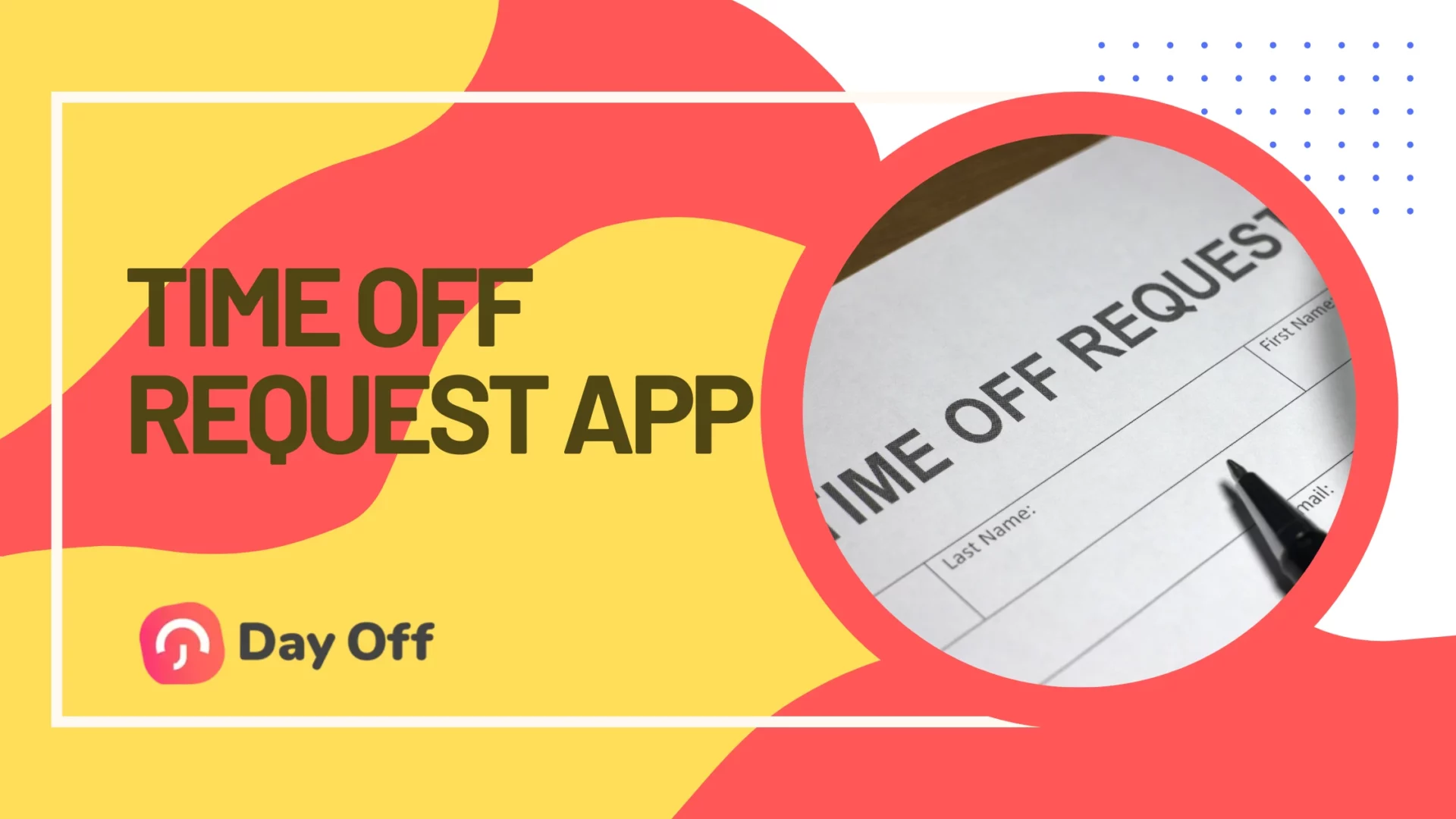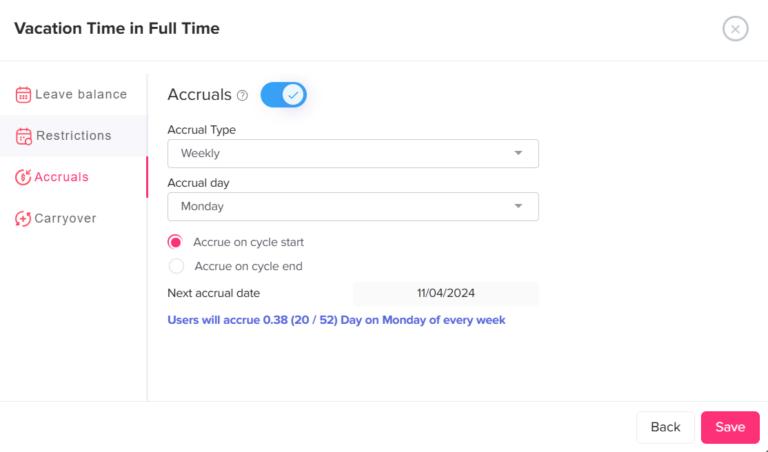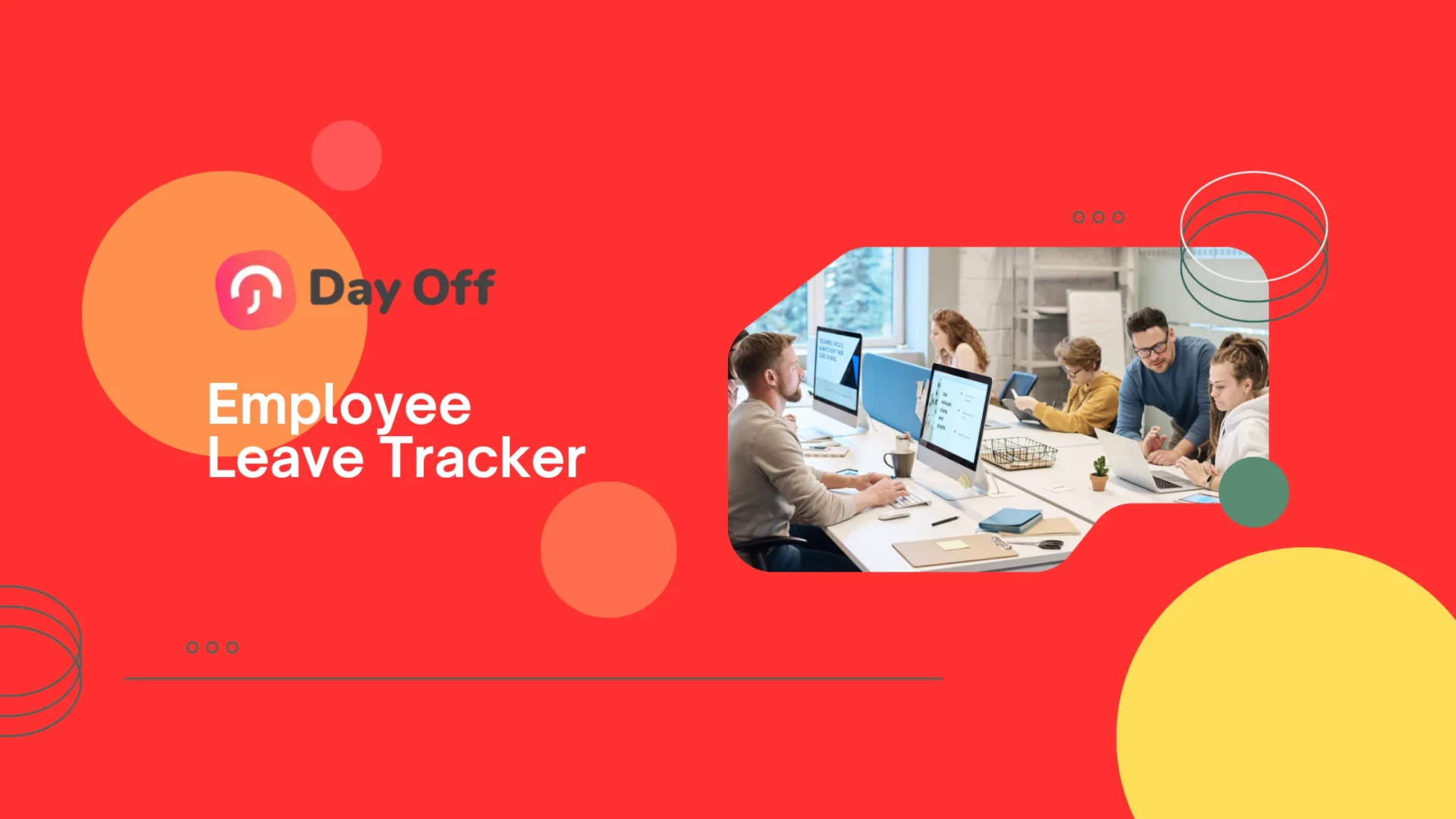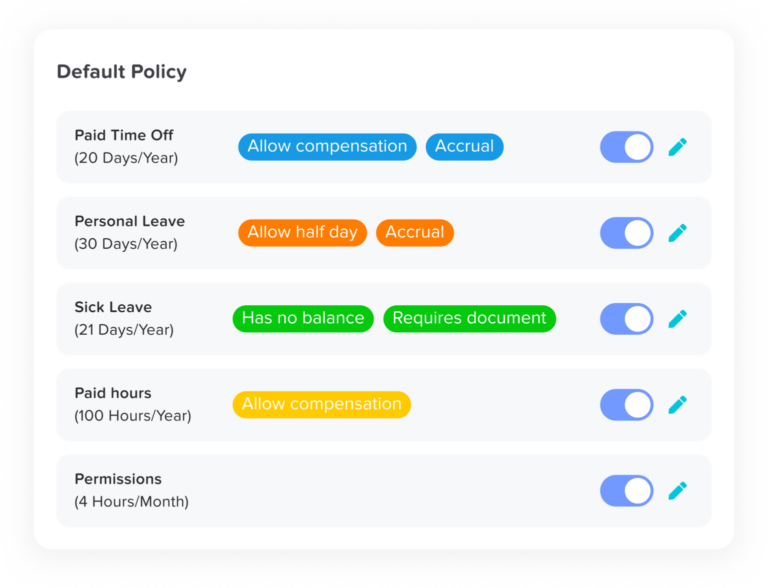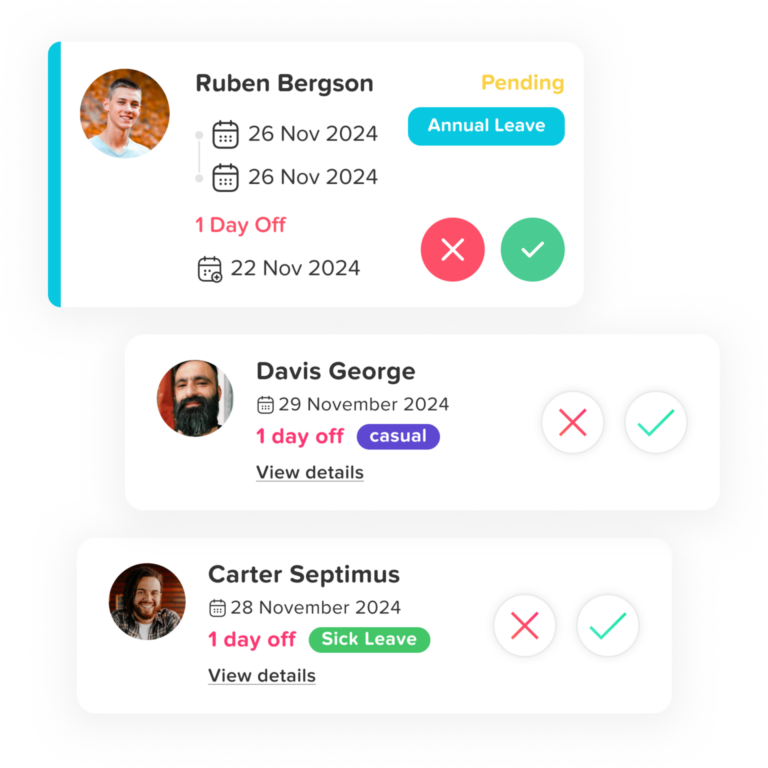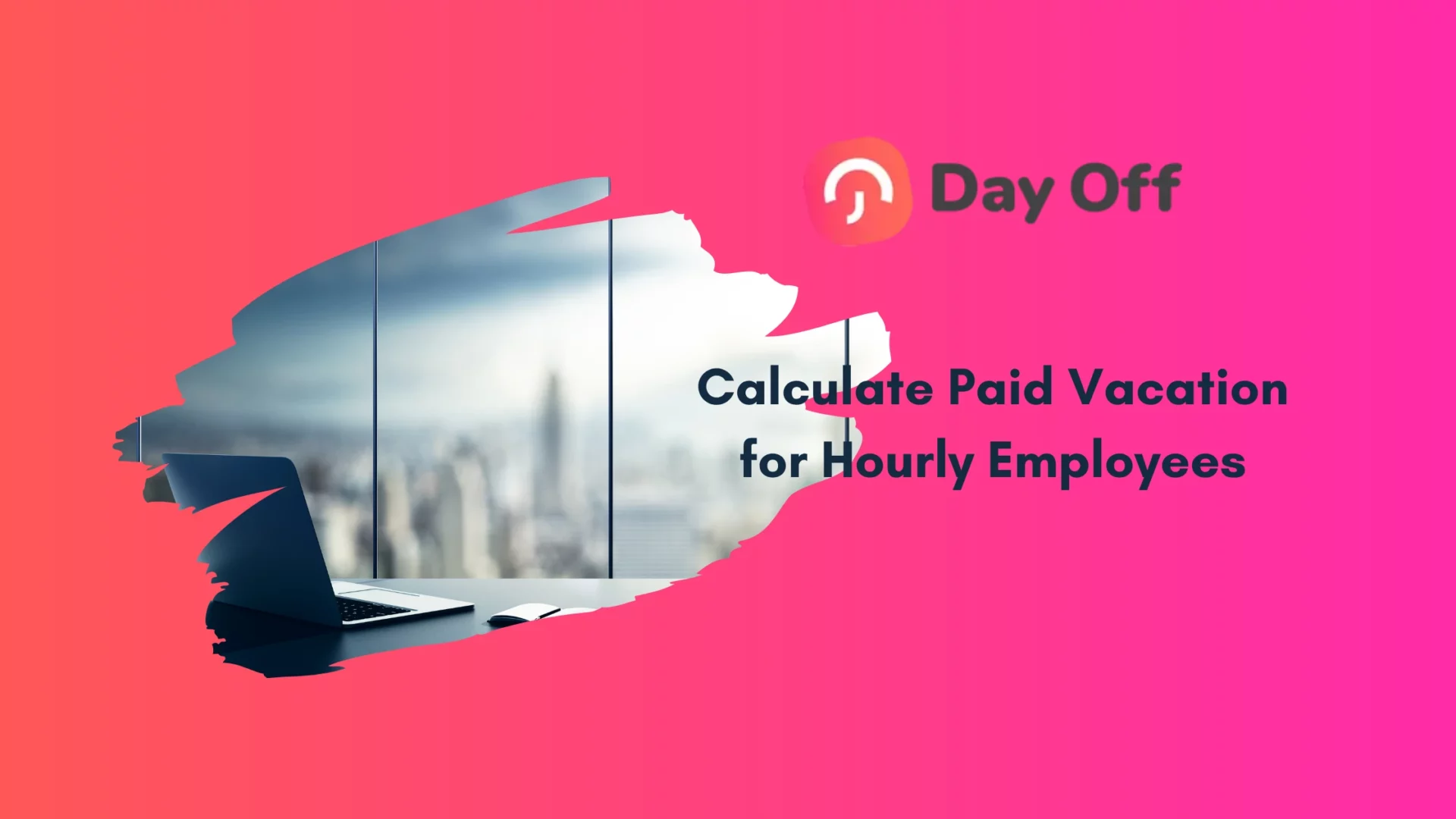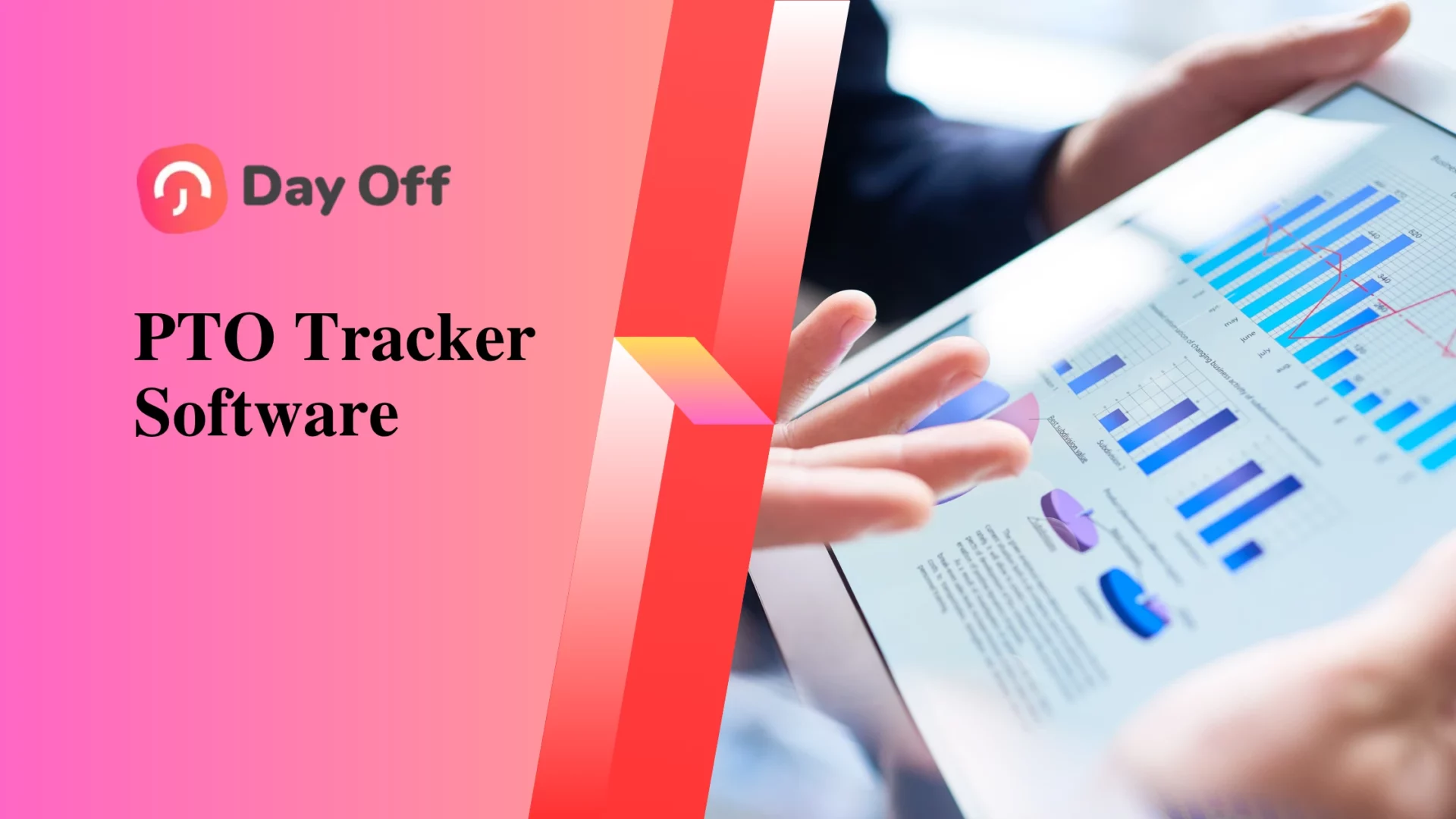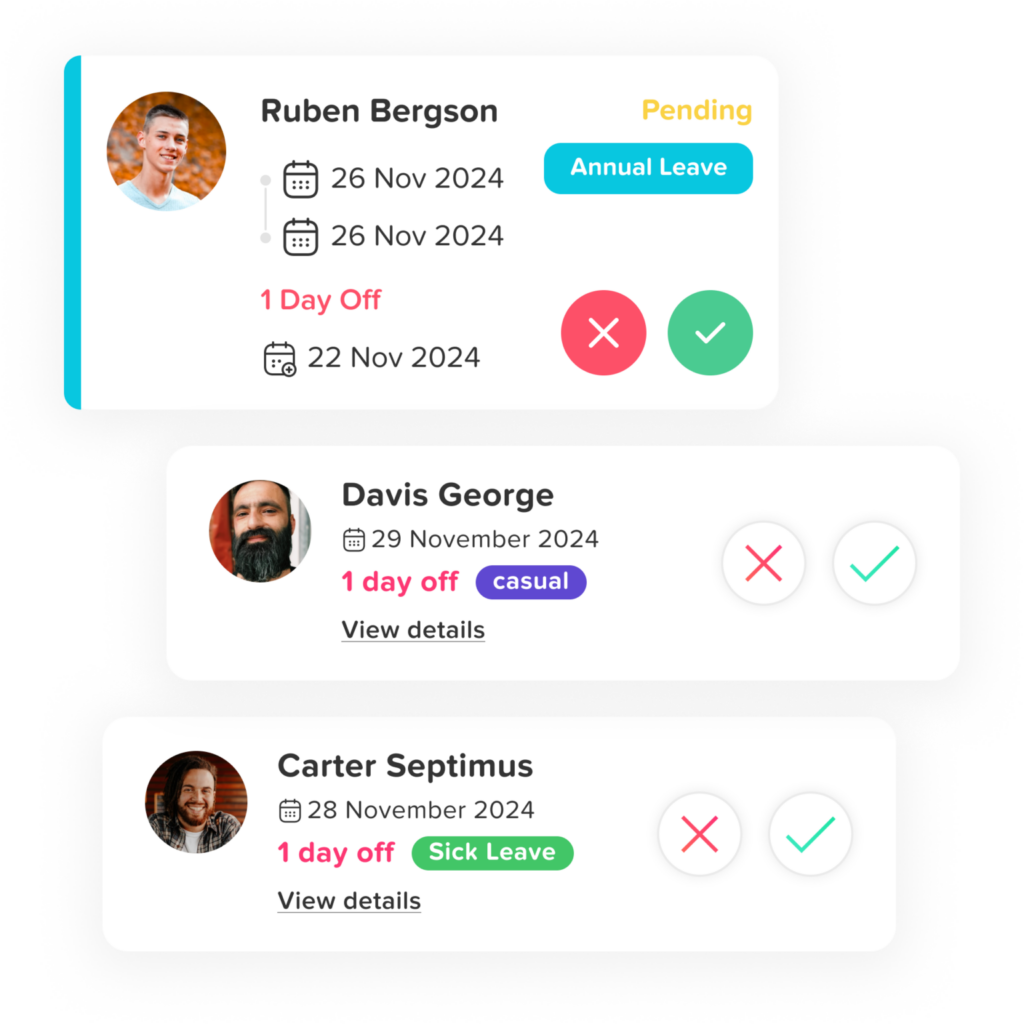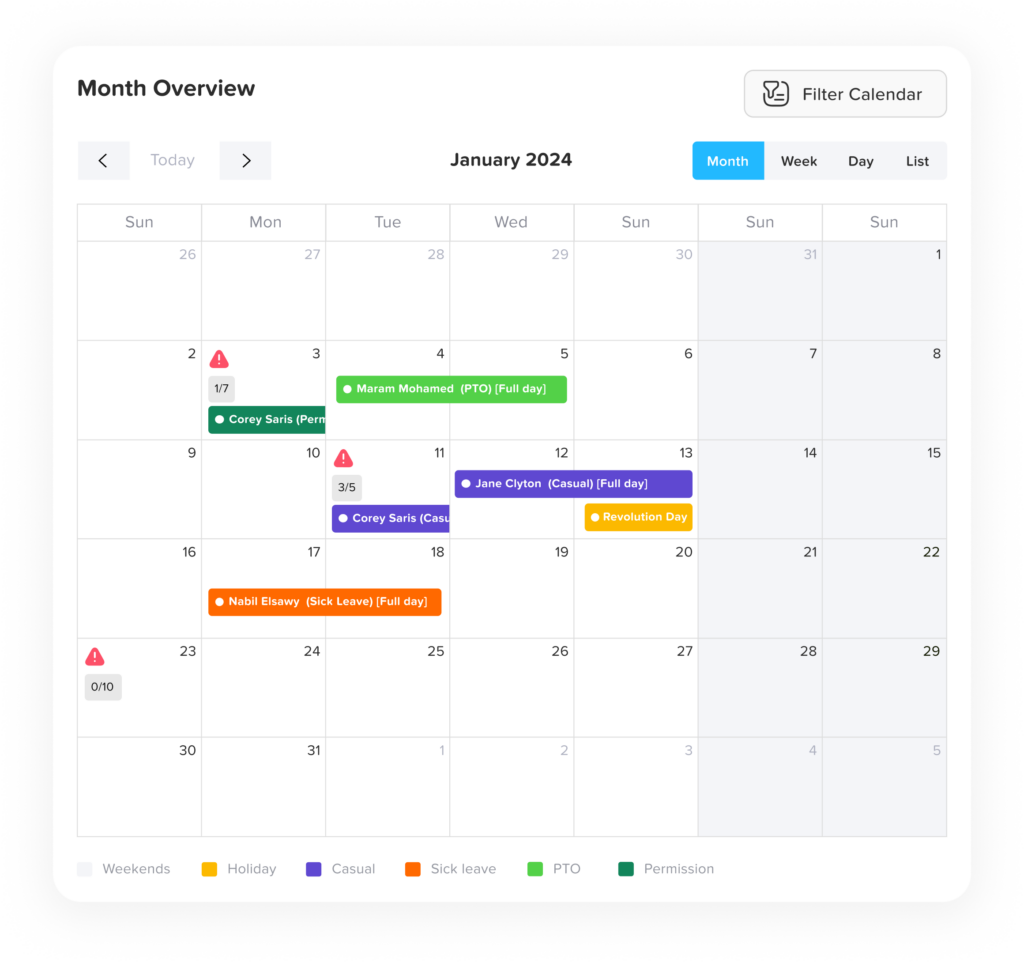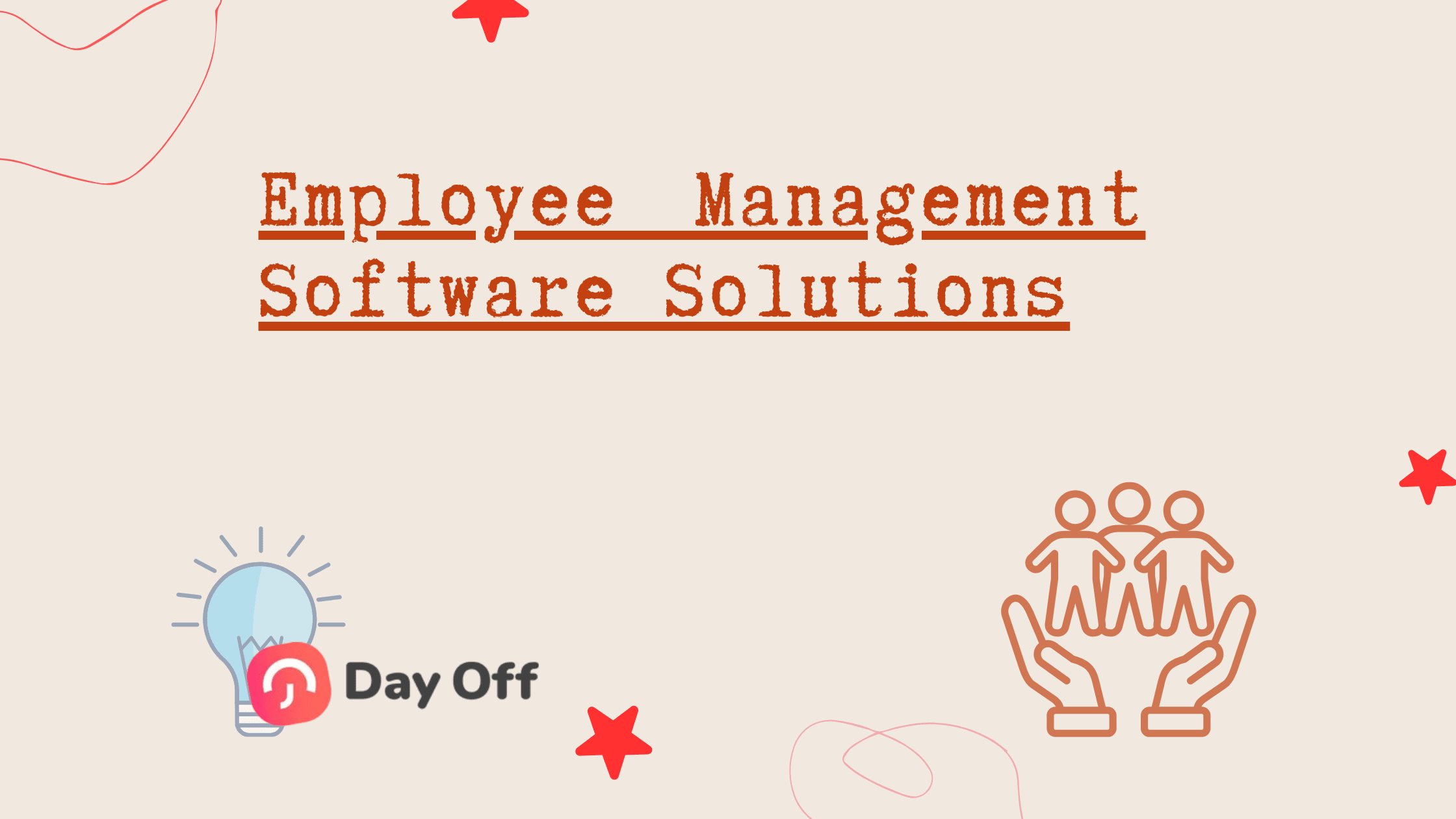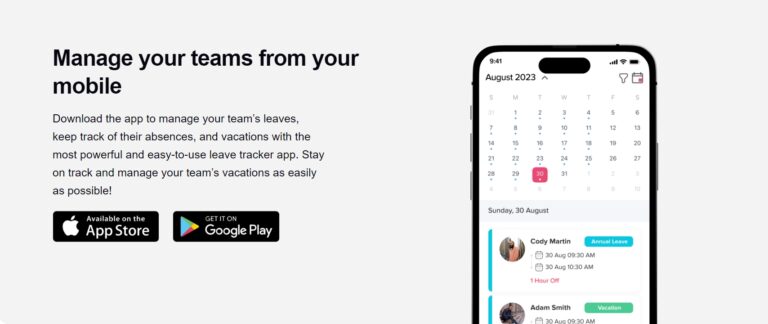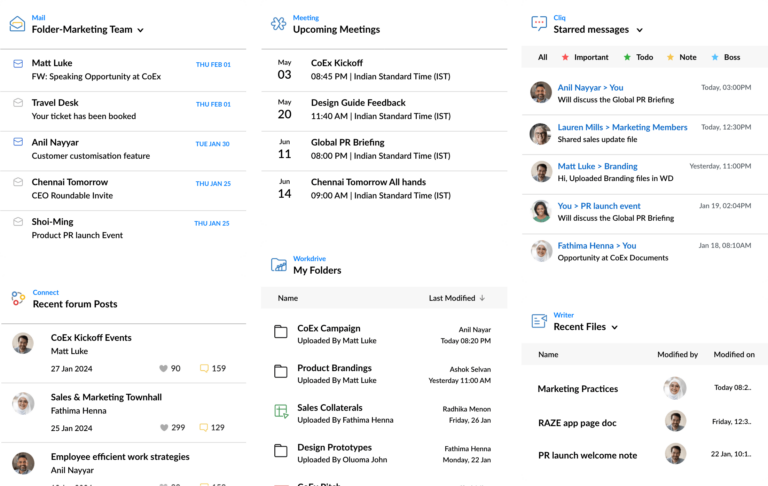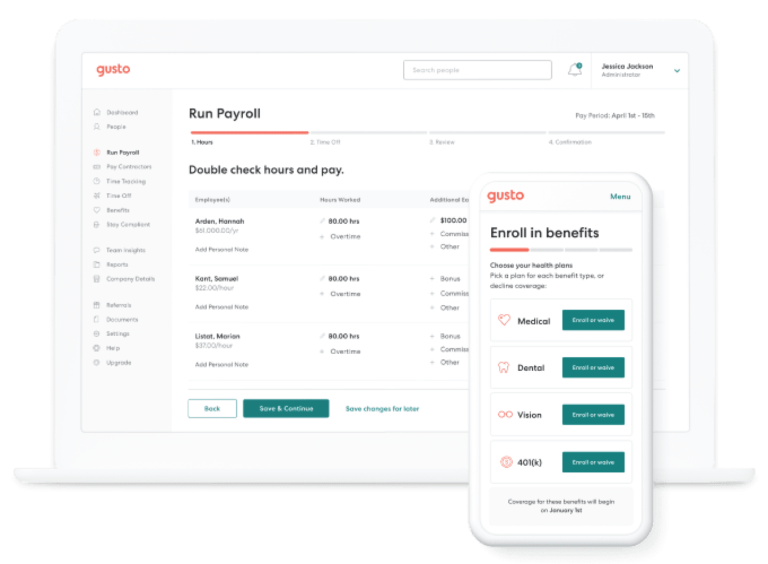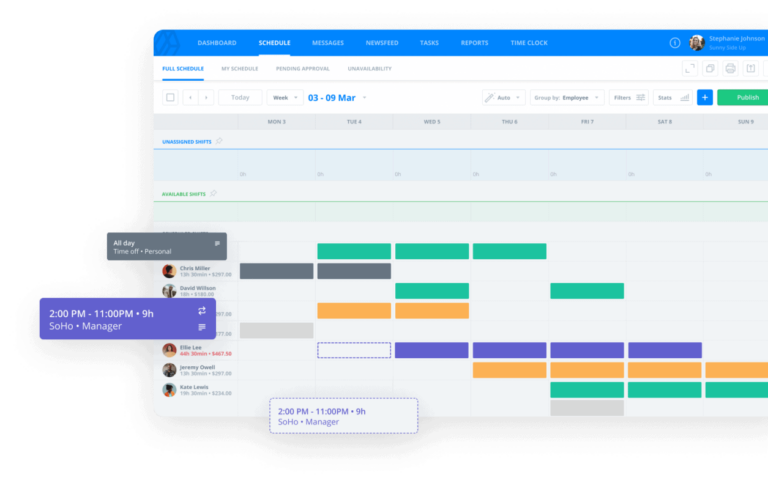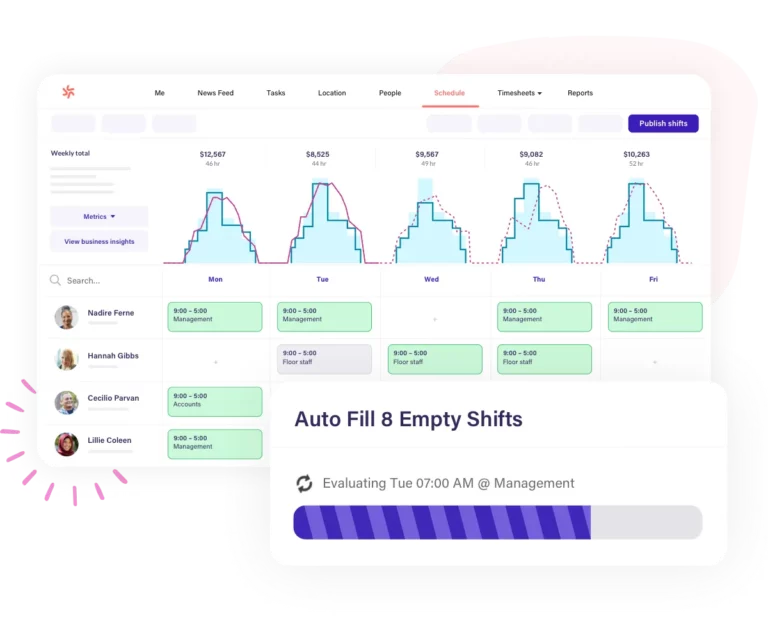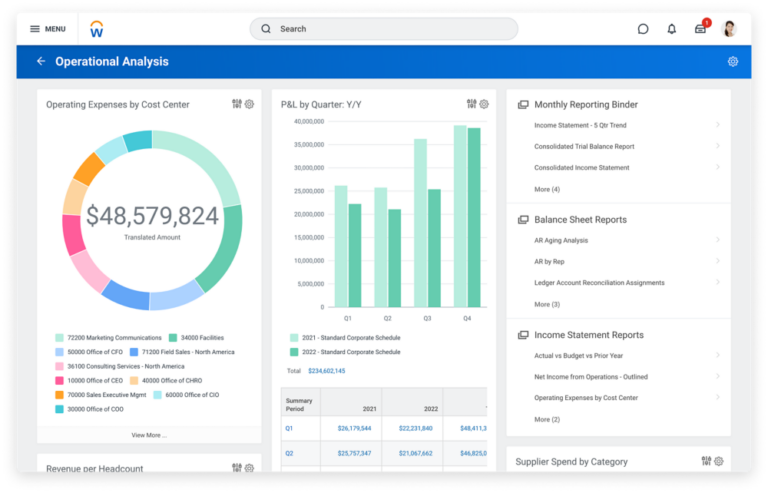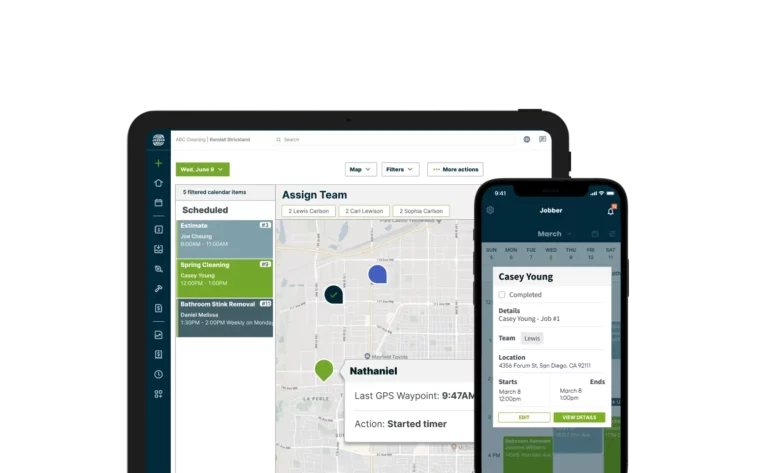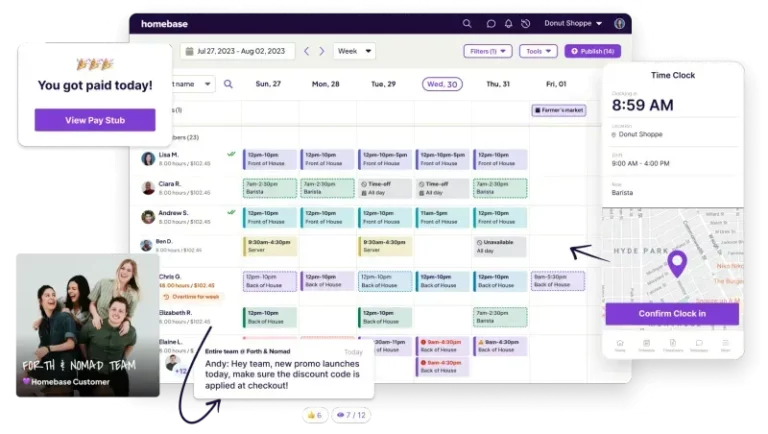Managing employee leave is crucial to maintaining productivity and ensuring smooth workflows. A reliable time off request app can simplify this process, making it easier for both HR and employees. With an evolving landscape of remote work, flexible hours, and dynamic team environments, choosing the right app in 2025 requires careful consideration. Here’s a detailed guide on what to look for in a time off request app to meet the needs of a modern workforce.
User Friendly Interface
The best time off request apps are built with usability at their core. The app should simplify, not complicate, the process of managing leave. Whether it’s an employee requesting vacation or a manager approving time off, every action should be intuitive.
Look for:
Clean navigation: Employees should submit requests in seconds, not minutes.
Clear approval flows: Managers should see what’s pending and respond with one click.
Mobile first design: With mobile workforces, a fully responsive app or dedicated mobile app is a must.
Pro Tip: Test usability with employees across departments before final adoption.
Comprehensive Leave Tracking and Balances
Effective leave management hinges on accuracy and transparency. Your app should give employees full visibility into their available time off, and give HR control over rules and accruals.
Key features include:
Real time balance updates: Automatic adjustments upon request submission and approval.
Support for multiple leave types: Including PTO, sick leave, parental leave, and more.
Automated accrual and rollover logic: Reflecting your company’s exact policies, including custom rules per employee tier or region.
This ensures that both employees and HR are working with up to date, reliable data.
Customizable Approval Workflows
No two organizations approve time off in the same way. Your app should reflect your internal structure, whether it’s flat or multi tiered.
Look for:
Multi level approvals: Manager, team lead, and HR if needed.
Dynamic workflows: Route approvals based on department, location, or employee level.
Custom notifications: Ensure no request is left pending.
With tailored workflows, you ensure faster decisions and fewer bottlenecks.
Integrations
A modern time off request app should never operate in isolation. Seamless integration with your existing tools ensures smoother operations and better data flow.
Top integrations to consider:
HR software: Sync employee records automatically.
Calendar systems: Show leave status in shared calendars like Google Calendar or Outlook.
Communication tools: Slack or Microsoft Teams integrations to manage leave without leaving your workspace.
This reduces manual effort and centralizes visibility across your platforms.
Robust Reporting and Analytics
eave data isn’t just for record keeping, it’s a valuable source of insight. An ideal app should offer comprehensive reporting that helps HR identify trends and make informed decisions.
Look for:
Customizable reports: Filter by team, leave type, or date range.
Absenteeism tracking: Spot patterns and address attendance issues early.
Exportable formats: CSV, Excel, or PDF for easy sharing and auditing.
Real time dashboards add strategic value by giving you instant oversight of leave trends and policy effectiveness.
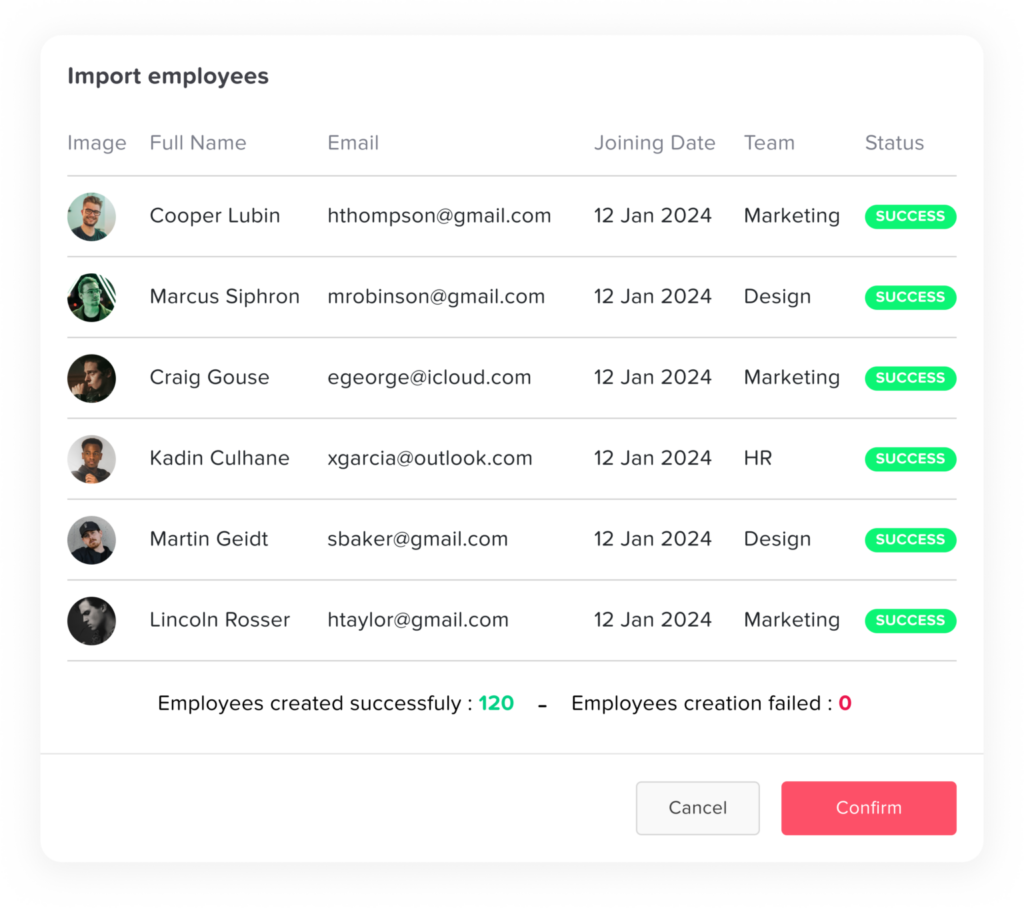
Compliance with Local Leave Laws
Staying compliant with labor regulations is essential, especially for companies operating in multiple states or countries. A good app should help your HR team stay on the right side of the law.
Features to look for:
Automatic law updates: Especially as new regional leave laws take effect.
Location based policy rules: Define different entitlements based on geography.
Built in audit trails: Keep detailed records for legal protection and transparency.
This reduces legal risks and ensures you’re always prepared for compliance audits.
Employee Self Service Capabilities
Empowering employees with self service functionality not only boosts efficiency but also fosters trust. A good app allows users to manage their leave without needing constant HR intervention.
Must have self service features:
Submit/edit/cancel leave requests
View current leave balances and accruals
Check approval status in real time
This reduces administrative burden and makes leave management more transparent and engaging for employees.
Mobile Accessibility and Push Notifications
With many teams working remotely or across multiple time zones, mobile functionality is essential. Your app should support full functionality on both iOS and Android.
Make sure it offers:
A full featured mobile app or responsive design
Push notifications for approvals, reminders, and changes
Offline support for users in low connectivity environments
This ensures every user has access anytime, anywhere.
Security and Data Privacy
Employee data must be protected at every step. Look for a time off request app with strong security protocols to keep your data safe.
What to expect:
Data encryption: Both at rest and in transit.
Role based access control: Only the right people can access or modify sensitive data.
Regulatory compliance: GDPR, HIPAA, or relevant data protection standards.
Strong security builds trust and protects your organization from breaches or compliance penalties.
Scalability and Flexibility
Your business will grow, and your app should be able to grow with it. Look for an app that adapts as your team evolves.
Choose solutions with:
Flexible user limits: Add more users without major upgrades.
Customizable features: Enable or disable modules as needed.
Multiple deployment options: Cloud, on premises, or hybrid to match your IT environment.
Scalability ensures your investment continues to serve you as your workforce changes.
Frequently Asked Questions
Can these apps work for small businesses?
Yes, most time off request apps are designed to be scalable and accessible for businesses of any size. Small teams can benefit from free or low cost plans that offer core features like leave tracking, approval workflows, and reporting, without the overhead of full HR systems. These tools help smaller organizations maintain structure and reduce administrative work from day one.
Are time off request apps secure?
Absolutely. Leading apps use strong encryption for data in transit and at rest, along with role based access controls and secure cloud infrastructure. Many also comply with global data privacy regulations like GDPR or CCPA, depending on the region. Always look for apps that clearly outline their data protection practices and offer audit trails or security certifications.
Do these tools support international teams?
Yes, modern leave apps are built to support multi location and global teams. You can configure location specific holidays, leave types, accrual rules, and even approval workflows based on the employee’s region. This makes them ideal for remote first, hybrid, or multinational businesses that need localized compliance with global oversight.
How do these apps help HR teams?
Time off request apps reduce the manual workload on HR by automating leave calculations, approvals, accruals, and notifications. HR teams gain real time visibility into leave usage, trends, and balances, allowing them to focus on strategic priorities like employee engagement, workforce planning, and compliance, rather than chasing down forms or spreadsheets.
Can leave data be integrated with payroll or exported?
Yes. Most apps offer easy data export in formats like CSV or Excel for use in payroll software or audits. Many also integrate directly with payroll and HR systems to ensure leave records are synced automatically, helping avoid discrepancies and ensuring timely, accurate compensation adjustments.
Is training required to use a leave app?
Most leave apps are built with user friendly, intuitive interfaces that require little to no training. Employees can typically submit a request, check their balance, or view approvals with just a few clicks. Admins may need brief onboarding, especially for setting up policies, but overall, these tools are designed for fast, frictionless adoption.
Can we set up custom leave policies?
Definitely. Look for apps that offer custom leave types, accrual logic, blackout dates, and multi tiered approval chains. Whether you need flexible vacation models, sick leave accruals, or region based variations, the best tools let you tailor every aspect to match your company’s unique culture and compliance needs.
Conclusion
Investing in the right time off request app can greatly improve employee satisfaction and organizational efficiency. By focusing on these essentials user experience, robust tracking, flexible workflows, and compliance, you’ll be well prepared to select a solution that supports your team in 2025 and beyond. Taking the time to evaluate options thoroughly ensures you’ll choose an app that simplifies leave management and supports your HR goals.
